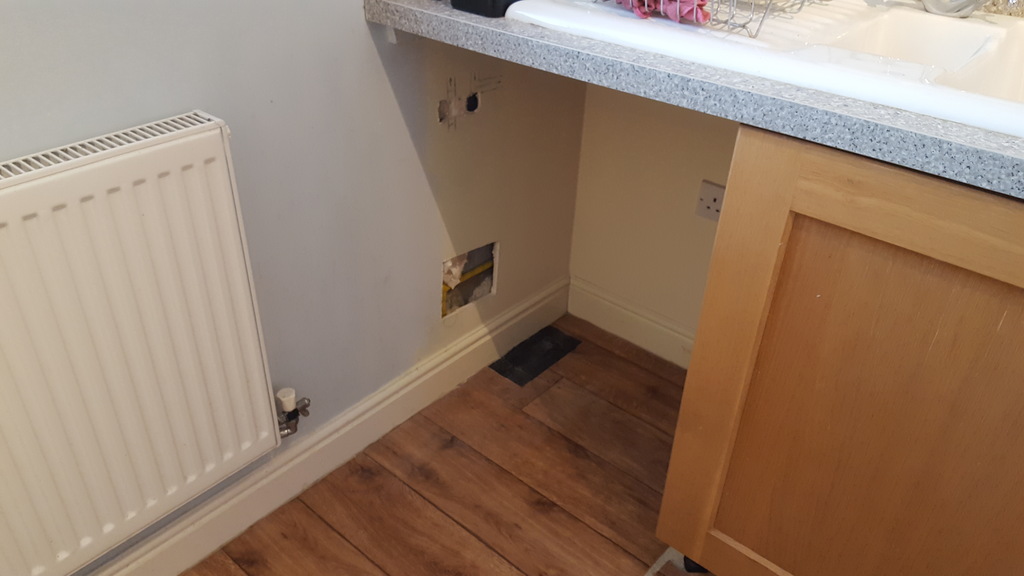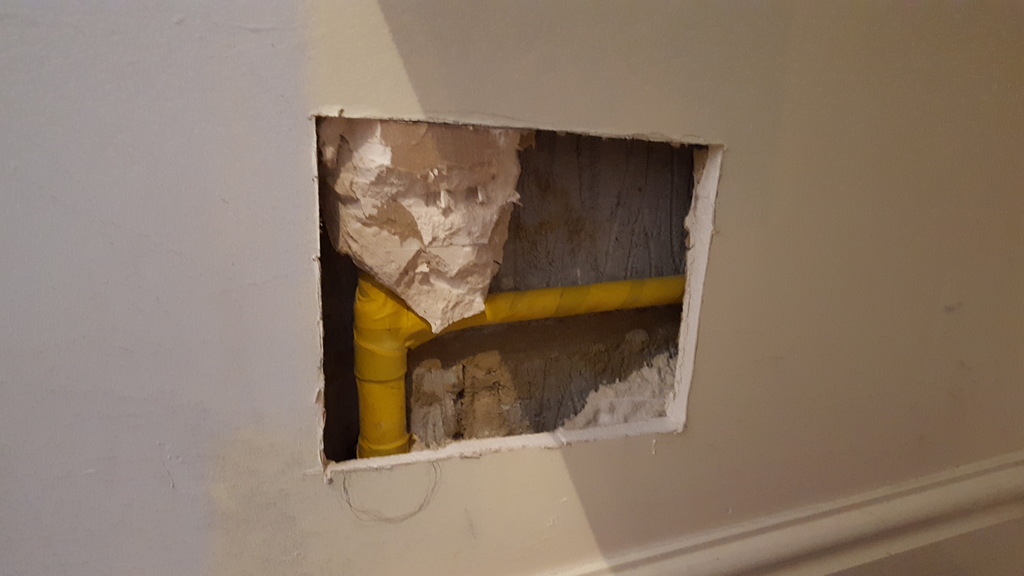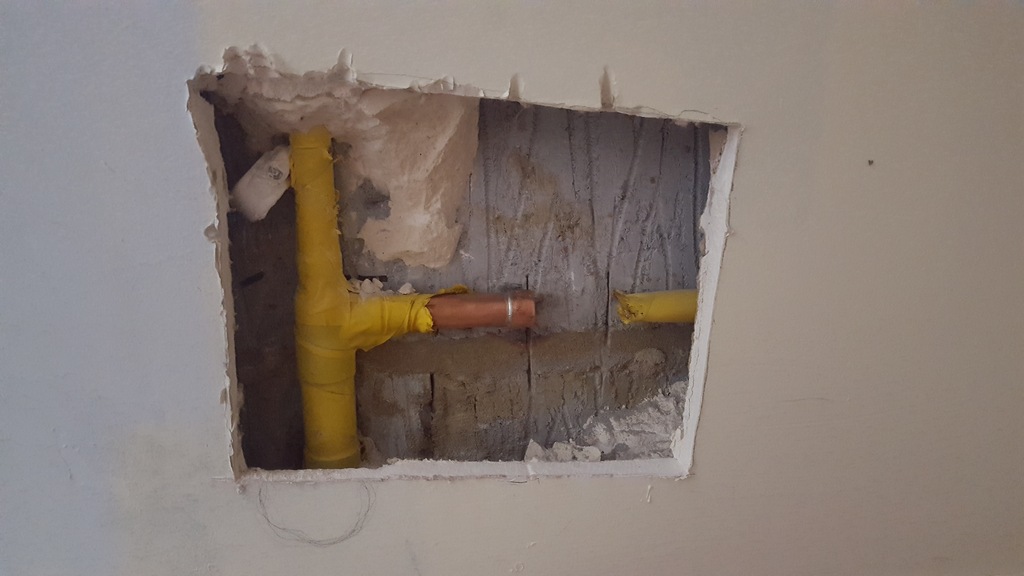We want to retire a gas hob (now have induction in a new kitchen in a different room) and so want to get the branch pipe that supplies it capped off. However, we're not quite ready to get that done and so ideally would like to remove the hob and - if safe to do so - have it temporarily isolated by means of the isolation valves that supply it to allow removal of the hob and worktop. There are two valves in series:
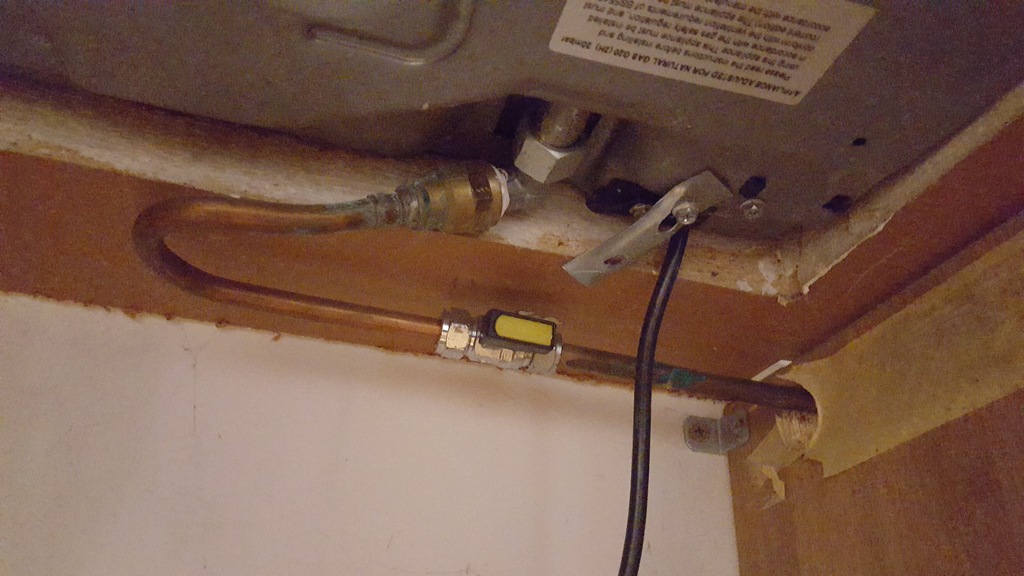
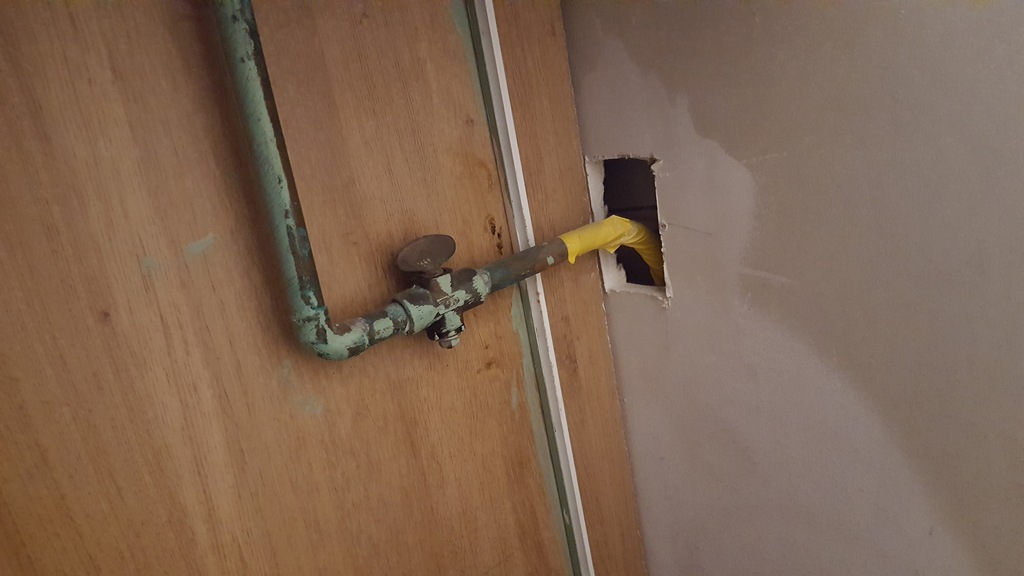
I am conscious that water isolation valves often don't perform well, particularly if they haven't been touched for a long time (these must've been here 14 years now). Is it the same with gas valves and, in any case, should they be viewed as nothing more than short term temporary closure e.g. 'back on within a day' type of thing which is not really what's being intended here?


I am conscious that water isolation valves often don't perform well, particularly if they haven't been touched for a long time (these must've been here 14 years now). Is it the same with gas valves and, in any case, should they be viewed as nothing more than short term temporary closure e.g. 'back on within a day' type of thing which is not really what's being intended here?


